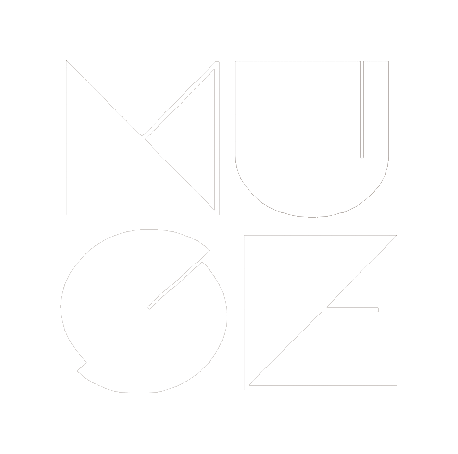Animation is gay, I’m sorry to tell you
I love the movie Robots. In case you haven't seen it, the 2005 animated family-comedy directed by Chris Wedge follows a young robot named Rodney Copperbottom who moves from his small town to the metropolis of Robot City in an effort to pursue his dreams of being an inventor. The movie is genuinely funny and boasts a star-studded cast to voice its loveable characters. But what I believe makes this movie truly awesome is that in addition to existing as explicit socio-political critique commenting on class, capitalism, and the medical industrial complex, Robots also notably employs visual coding to ingeniously depict embodiment as a complex, ever-changing collection of interchangeable parts.
Now, if you’re thinking: woah man, somebody cares a little too much about the movie Robots, you’re right. I absolutely do. I will absolutely tell you why: I’m sorry to tell you, animation is gay. Robots utilizes the boundless possibilities of animation to envision a world populated by robots whose bodies are assembled by a selection of varied, assorted pieces. Robots’ use of robots provides a special opportunity wherein gender and identity declines to be confined or defined. As permitted by animation’s nonnormative capabilities, Robots exists saturated in queer subtext particularly that which provides representability for diverse gender identities and complex embodiment. Thus, the movie creatively evades the tight grip that the coloniality of the gender binary maintains upon the film industry. This transgression and commentary surrounding the construction of identity makes Robots just one excellent example of animation's unique ability to imagine new worlds through visual coding and allegory. It does this best by sneaking between societal confines such as the gender binary to provide queer representability. However, I would like to take this one step further and explain why I think animation, as an entire filmic medium, is queer. A massive claim to make, yes. Am I qualified to do so? Definitely not. But who precisely would be? It’s insane! Except maybe when it isn’t.
By recognizing the parallels between queer theory and animation the two may begin to be brought more closely together. In conversation with animation, queer theory can work to highlight the possibility of works as being nonnormative and further, transformative. It is also important to make distinction between representation and representability. Where representation is clear and apparent, representability is what can be implied as signifying. In other words, it may not be seen but it is still a part of the narrative. Understanding representability as not necessarily explicit and instead as what can be suggested as being a part of the narrative is crucial to reading queerly and identifying visual coding and queer subtext. It is in this structuring absence where subtext allows for queer reading of animated film.
As a medium that has a clear dedication to stretching ideas of storytelling and art, animation provides limitless possibilities for imagining new worlds. The medium can be seen as marginalized because it is not considered as dignified as live-action film. As such, animation has the distinct power to be nonnormative.
Visual aesthetics distinct to animation allow for malleability, ambiguity, and fluidity unlike what confines live-action film. Possessing the ability to reconstruct and fluctuate between identities, animation film provides unique, nonnormative depictions and as such, formally and thematically, can be read queerly. The variability and non-permanence of animation form not only permits but encourages our ever changing identities and bodies. Animation nurtures a space that is not defined by labels, binaries, and confines but rather calls for broad-mindedness. The structures and conditions in animation can be diverse and changing, granting identities and bodies the ability to shift and be shifting. As the malleability of the medium reflects that of the queer community, animation allows for the creation of a queer outlook.
So yes, animation is gay. And though I admit that I do understand the volume of this claim, I choose to view the transformative works of animation as queer resistance. In broadening our definition of queerness and understanding ‘queer’ as being much more expansive than a sexual identity, we can also recognize that queer resistance involves a limitless array of creative methods, mediums, and performances. The infinite possibilities that animation welcomes is displayed in the endless ways of being that are honoured by queerness.
Queerness, cannot be simplistically defined. And to me, that is the point. Queerness is about the insistence on the possibility of new worlds; a yearning for utopias based on educated hope. Queerness is about people coming together toward an imagined future and the belief that we will get there. It is about collectivity. Queerness is a horizon; temporality that the brilliant minds behind such a creative form of expression as animation work to celebrate.
Illustration: Brigitta Brumund

